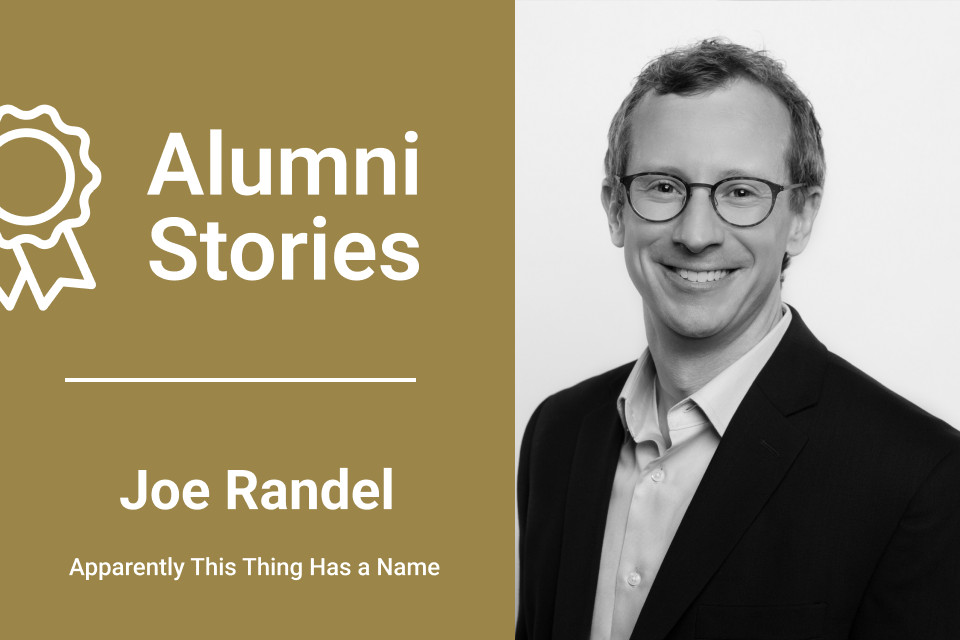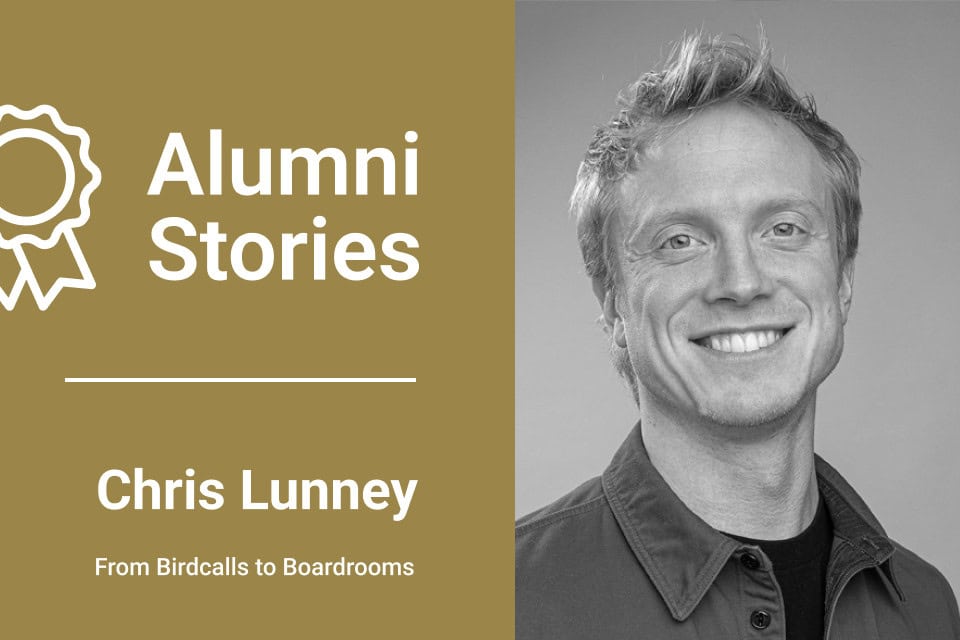From a high school retreat to change at scale
I didn’t know it at the time, but my facilitation journey began in high school, in Hawaii, on a campus that actively championed student voice. I was a senior at Parker School, a creative, independent school nestled on the Big Island, and the year I was there, they brought in an outside organization to establish a peer counseling program. You had to apply or interview, and it was one of those things my friends dragged me into. “Come on, it’ll be fun,” they said. I had no idea that retreat would shape the rest of my life.
They trained us with an immersive, three-day self-reflection experience, and then flipped the script: we were tasked with recreating the retreat for younger students from our school and our rival across town. The activities were all rooted in trust, vulnerability, and breaking down social barriers. I was originally drawn to the idea of being the retreat DJ—that sounded like fun. But the adults leading the program had other plans. They asked me to take on a lead facilitator role. I didn’t realize it then, but that was the first time someone saw in me what I hadn’t yet seen in myself.
At the time, I was balancing sports like outrigger canoeing and soccer, while diving deep into performing arts—dance, theater, gymnastics. (Yes, I played Nurse Ratched in “One Flew Over the Cuckoo’s Nest” and still have the cheeky T-shirt to prove it.) It was a chaotic, rich high school experience, and that retreat opened a new door. We ran two-day sessions with younger students. They cried, they laughed, they shared openly. That was my first taste of how powerful a container facilitation could be. I wouldn’t learn the term “facilitation” until years later, but the seed was planted.
I went on to UCSD for undergrad, drawn by family ties and childhood summers in San Diego. I started as a theater major, switched to writing for something more versatile, and fell into educational therapy by chance—working for a mentor who blended special education and marriage/family therapy in her private practice. That job led me back to grad school at USD for my own degree in Marriage and Family Therapy, and it was there I started to notice something: students opened up more with an algebra book between us than across a counseling table. That was a lightbulb moment.
From there, I went on to help launch and scale schools with Fusion Education Group, including the first replication high school in West LA. As VP of Education, I built programming and trained staff, always anchoring in human connection and emotional safety. I loved the work. I also felt wildly underqualified at first, so I went back to school again for a Doctorate in Leadership. My learning kept bringing me back to the value of deep listening, storytelling, and emotional intelligence. That whole time, I was building my facilitation practice without realizing it.

Realizing Facilitation Was the Thread
The discovery of facilitation as a discipline hit me years later, after I joined Change Enthusiasm Global. Cassandra Worthy, our founder, insisted that if I was going to lead and grow our facilitation team, I needed to go through Voltage Control’s Facilitation Certification. I’m so glad she did. I hadn’t realized there was this entire world—a community, even a methodology—dedicated to facilitation. I was floored.
Here I was, someone who’d spent her entire adult life in teaching, coaching, and leadership, and I had no idea that facilitation had its own language and rigor. What struck me immediately was how familiar it all felt, and yet how new. It was like discovering a well-organized vocabulary for instincts and moves I’d been making my whole life. That was both affirming and exciting.
It reminded me of my reaction when I first encountered Brené Brown’s work. Her concept of vulnerability put words to what we had been doing at Fusion all along: prioritizing relationships, seeing students as whole people, making connection the first step in learning. It was the same with Voltage Control. Suddenly, there was a framework to help me teach and support facilitators more effectively.
And it wasn’t just theory. When I looked back at those high school retreats, I could now see the trust-building, the emotional storytelling, the circle processes, the norms being co-created. I could put names to what we were doing. I realized that moment in my teens was not just formative—it was foundational.
Packaging What I Already Knew (And Didn’t Know)
I had a lot of “oh wow” moments during the certification. One of my favorites was the module on handling resistance in a group. It was so well-articulated. I’ve always believed that when someone resists, they’re usually feeling disconnected—from the group, the material, or themselves. And our instinct is often to shut them down or avoid them. The training reminded me that the real magic happens when we pull them closer instead.
The portfolio piece was also surprisingly impactful. I had heard from one of our more experienced facilitators that it hadn’t resonated with her—and I understood that perspective. But I decided to make it work for me. I used it to tell the story of my journey into CEG, reflecting on the concept of “novice” and how we often do our best work at the beginning and end of a career arc. That act of storytelling gave me clarity about where I was and where I wanted to grow.
More than anything, the certification reframed facilitation not just as a skill, but as a craft. And it gave me a language to talk about it with others, especially our facilitators who are doing powerful work but sometimes lack that cohesive narrative around it.
Designing Impact at Scale
Lately, I’ve been obsessed with one big question: How do we scale intimacy?
At Change Enthusiasm Global, we’re being asked to create experiences not just for rooms of 20 or 50 people, but for hundreds. We recently followed one of Cassandra’s keynotes with a learning session for 400 people—though I’m pretty sure it was more like 600 by the time we ran out of materials. We pulled it off. But it required an entirely different level of orchestration.
We created moments of drama. Everyone got streamers and the collective movement created a sea of energetic color. We manipulated lighting to create emotion. Our facilitators told personal stories under spotlights. People cried. People laughed. They hugged. That’s how we knew it worked.
The secret weapon? A rockstar producer. I’ve learned that producing is just as important as facilitating, especially at scale. The producer created the conditions—lighting cues, music, timing—that amplified our work. We couldn’t have done it without him. I want to carry that insight forward and ensure we keep building our facilitation practice with production in mind. That’s the next frontier for us: building emotionally resonant, large-scale experiences that still feel human and connected.

Where I’m Headed Now
This work is a confluence of everything I’ve done—from theater and therapy to education and coaching. And now, I’m looking at ways to build experiences that touch thousands while still feeling personal.
We want to take Change Enthusiasm to people at scale—ballrooms, stadiums even—and I’m working on how to preserve that feeling of a small, brave space no matter how big the room is. I’m also excited about building our Change Enthusiasm Global community and developing internal systems so our facilitators have the tools to replicate and scale the energy our brand promises.
I feel incredibly lucky. Every major opportunity in my life has come through a blend of curiosity, connection, and serendipity. But now I’m starting to see the strategy in that, too. Facilitation has always been the through line. Now it’s the framework.
I think everyone, regardless of where they are in their facilitation journey, has something to gain from the Voltage Control certification. There’s a humility in returning to the role of learner. It makes you sharper, more curious. And the community you join by doing so is invaluable.
But the real gift? Learning to let go. Learning to trust that your job isn’t to say everything, but to create the conditions where the right things can emerge. You’ll never cover every bullet point. And that’s okay. What matters is what they discover, remember, how they felt, and what they carry with them. Get good enough to let go of control and trust the process and the group. That’s the craft. And Voltage Control helps you find it.


